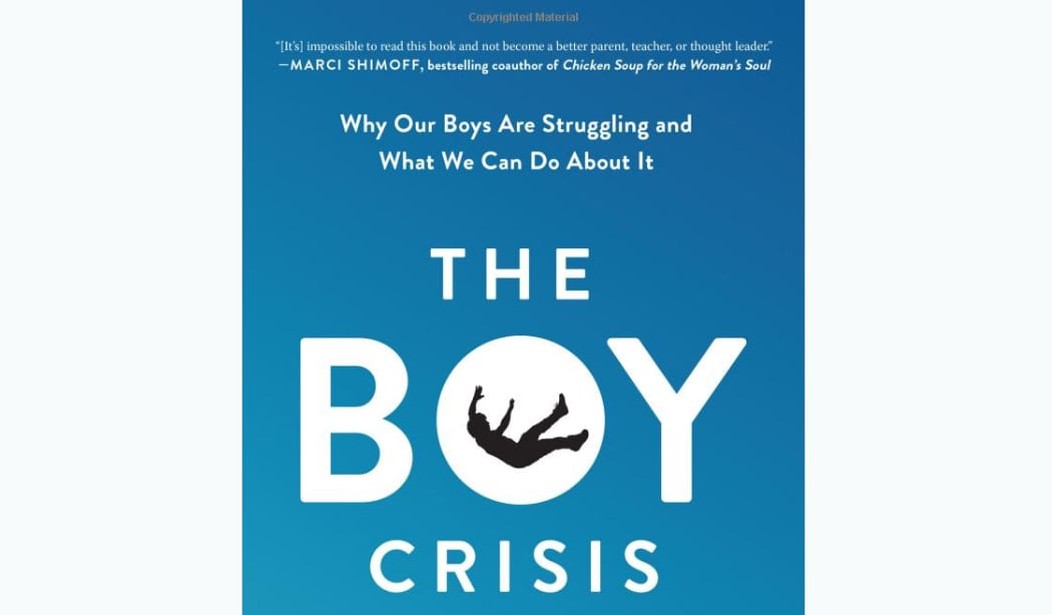I’m not going to lie. When I first picked up The Boy Crisis, by Dr. Warren Farrell and Dr. John Gray, I read the foreword to get a sense of the authors and their ideas — and then after looking at the table of contents, I dove straight for the section on Boys Who Hurt, Hurt Us.
Farrell has been researching multiple dimensions of men, women, boys and girls since the 1970s. His 2001 book, Father and Child Reunion: How to Bring the Dads We Need to the Children We Love is now a classic in fatherhood research. His collaborator on this book, Dr. John Gray, wrote Men are from Mars, Women are from Venus, one of if not the most famous books on male-female relationships and understanding.
The Boys Who Hurt, Hurt Us section of The Boy Crisis deals with why some boys do extreme, taboo, and incredibly violent things. Why a very small number of boys grow up in seemingly normal circumstances, in a suburban neighborhood with a perfect green lawn, but become mass shooters. Our country has been plagued by these boys who hurt others lately, and while their horrific acts remain statistical anomalies and overall violent crime is decreasing, and while the United States does not lead the world in mass shootings, these terrible acts rightly disturb us and they also distort our public discourse. Even more importantly, they leave far too many dead in their wake and shatter the lives of survivors.
What causes or leads, or misleads or triggers, a small number of boys to become killers? This is an urgent problem, for which there seems to be no solution that does not involve violating the constitutional rights of millions of law-abiding Americans — and disarming them presents no actual solution at all. Guns are inanimate. The country’s largest mass killings at an American school and on American soil did not involve guns at all, even factoring the 9-11 attacks out.
Is there a commonality, a link, between modern mass shooters? If you dive into this topic via online searches, as I’m sure we all have at some point, you soon fall down a rabbit hole. Some say mass shooters are on ADHD medications such as Ritalin. Maybe they took too much, or had gone off their meds, in the period shortly before the switch flipped. Others believe mass shooters suffered some form of assault, usually sexual, as young children. Others blame the rise of violent video games or movies, and still others blame the guns. There may be some truth in some of these, or none.
But what if there is a link, and it’s as simple as the modern family structure — or lack thereof? Farrell and Gray find that many young male mass shooters are teenagers, caucasian, middle-class — and lack dads in their lives. Their dads were chronically absent from their lives for one reason other another, usually from the time the killers were young boys. Divorce is often a factor, though by no means the only one.
What does fatherlessness do to children, and in particular to boys? And what does our cultural devaluation of men and fathers do to boys as they grow up, and men as they become fathers?
Mass shooters are obviously extreme cases. But Farrell and Gray posit that our boys are generally in crisis. They apply biological and sociological research to the problem. They find the problem of fatherlessness affecting boys in our churches, neighborhoods and schools, and as far away as the Islamic State, which may be a gang of violent boys who lacked fathers growing up. They find fatherlessness in the Hitler Youth and lurking behind priests who sexually abuse altar boys — on both sides of the abuse.
We overuse the word “crisis” to describe anything we either don’t like or want to draw others’ attention to. We live in the most technologically advanced and most prosperous times ever, yet to hear various activists describe our era, we are beset by crises of every kind from every angle. So I was skeptical, to be honest, when I started reading The Boy Crisis. But Farrell and Gray make a strong case that we’re in one and that it has profound implications for all of us.
The Trump administration is taking the fatherless and absent dads crisis seriously. Dr. Farrell is visiting the White House this week. A council on boys and men may be in the works.









Join the conversation as a VIP Member